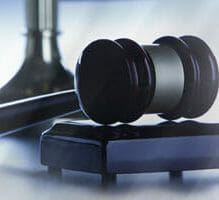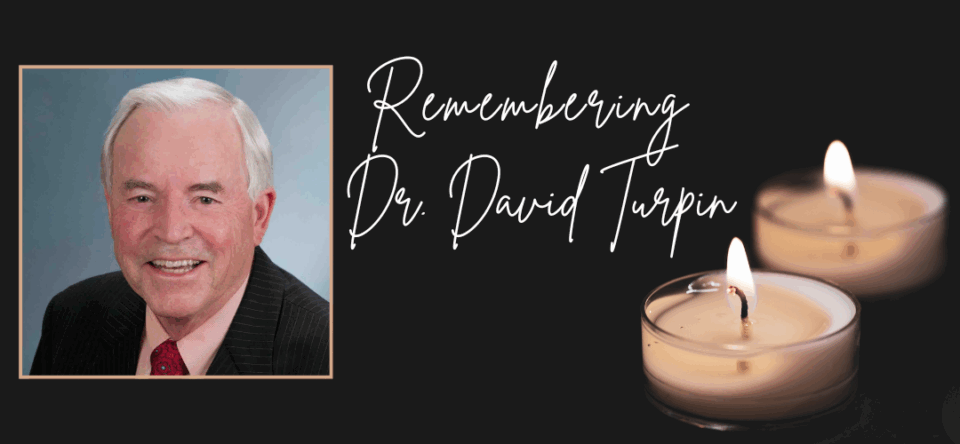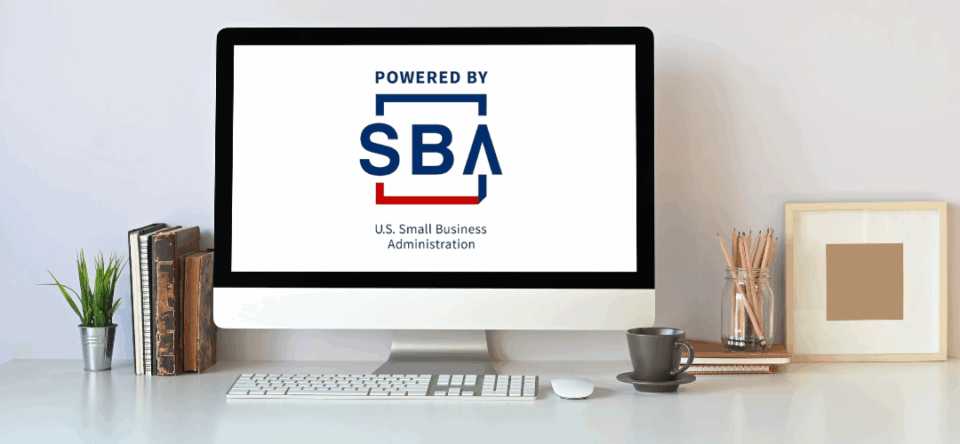In 2009, a 58-year old woman slipped on a puddle of soap at a Costco store in Pomona, California. She fell to the ground, and instantly shattered her kneecap. According to her doctors, the injury would affect her mobility and cause her pain for the rest of her life. The woman sued, and in 2012, she was awarded almost $90,000 for related medical expenses and $325,000 for pain and suffering.1 As a large corporation, Costco was able to afford this huge payout, but a smaller business—like your orthodontic practice—would likely be devastated by such a financial hit.
While you can’t completely eliminate the possibility of liability or property claims, you can establish preventative measures to minimize your risk. Below are five of the costliest property and liability claims that impact small business owners and tips for how to avoid them.2
1. Reputational Harm
As a business owner, it’s important to let your quality orthodontic service speak for itself; there’s no need to criticize the work of other practices. Doing so can be costly. Though reputational harm claims impacted less than 5 percent of business owners in the past five years, they were the priciest claims that small business owners faced, with an average cost of $50,000.2
What you can do:
- Avoid criticizing competitors publicly or to your clients;
- Acquire permission from patients before sharing their photo online;
- Refrain from posting photos or content created by someone else without their consent.
2. Vehicle Accident
Though it may not be common for your orthodontic staff to use their cars for business purposes, there could be times when a vehicle is needed to pick up office supplies, make a trip to the bank, or attend a training event. It is important to consider these scenarios, as the average cost of a vehicle accident claim is $45,000.
What you can do:
- Screen employees’ driving records before allowing them to drive for business purposes;
- Avoid calling or texting staff while they are on work-related errands.
3. Fire
As a small business owner, it may be tempting to postpone or ignore office upgrades in an effort to save money, but neglecting your office equipment is both dangerous and costly. Over 50 percent of office fires are caused by neglected cooking, electrical, lighting, and heating equipment.3 With an average claim cost of $35,000, putting measures in place to eliminate or reduce the risk of fire should be a priority.
What you can do:
- Maintain routine service checks on sprinkler systems, fire extinguishers, and other fire safety equipment, as well as general office equipment;
- Keep non-essential office equipment and small appliances in break rooms or kitchens clean and unplugged unless in use;
- Don’t overload electrical outlets;
- Regularly check your electrical cords for damage, and replace them if needed;
- Keep heat producing equipment, such as copiers, coffee makers, and computers, away from anything that might burn.4
4. Customer Injury or Damage
Slips and falls can trigger huge lawsuits, especially if the customer ends up with a serious injury. It’s important to protect your orthodontic practice against liabilities by ensuring you maintain a safe environment for your patients. In the past 10 years, 10 percent of small business owners faced customer injury or damage claims, with an average cost of $30,000.
What you can do:
- Keep sidewalks, parking lots, and ramps clear of snow, ice, and other materials including hoses and gutters;
- Immediately repair cracked or crumbling pavement near the entranceway;
- Ensure walkways and stairways are properly illuminated;
- Use signage to alert patients of a wet floor;
- Provide a mat or rug near entranceways to avoid the accumulation of water and debris on floors.
5. Wind and Hail Damage
Strong winds and hailstorms can wreak havoc on your office building, leaving you with expensive repairs. The average cost of a claim for wind and hail damage is an astonishing $30,000. Being prepared in advance can help you and your patients stay safe and keep damage to a minimum.
What you can do:
- Cut back tree branches;
- Walk through the property and move objects inside that could become projectiles in high winds;
- Anchor any equipment stored outside that could be moved by high winds;
- Large hail can shatter windows: During storms, close drapes, blinds, or window shades to prevent the wind from blowing glass inside.5
Implementing the above tips will certainly minimize your likelihood of being impacted by costly property and liability claims. However, this list is not exhaustive. Preparing a risk assessment will help you identify additional risks your orthodontic practice may face.
Unfortunately, even businesses with a robust risk management program can face property and liability claims. That’s why a Business Owner’s Insurance Package is essential. With this protection in place, you’ll be covered for property and general liability claims, including damage to your building and its contents, theft, personal injury, and more. For additional information on this coverage or to apply, visit aao-insurance.com/RiskBOP.
This article is brought to you by the Pearl Insurance Company, the AAO endorsed insurance administrator. For more information on Employment Practices Liability Insurance (EPLI) or other AAO endorsed insurance products visit AAO-insurance.com or call 1.800.622. 0344.
1Naprawa, Amanda. “A Store’s Liability for Slip and Fall Accidents.” All Law. Martindale & Nolo, n.d. Web. 9 Sept. 2016.
2The Hartford. “The Hartford Reports: More Than 40 Percent Of Small Businesses Will Experience A Claim In The Next 10 Years.” The Hartford Newsroom. The Hartford, 30 Mar. 2015. Web. 9 Sept. 2016.
3Smith, Sandy. “How to Prevent Office Fires [Infographic].” EHS Today. Penton, 10 Nov. 2014. Web. 9 Sept. 2016.
4 Electronic Security Association, Inc. “Fire Safety Tips for the Workplace.” Alarm.org. Electronic Security Association, Inc., n.d. Web. 9 Sept. 2016.
5Travelers Indemnity Company. “Hail Protection for Your Home.” Travelers. Travelers Indemnity Company, n.d. Web. 9 Sept. 2016.



